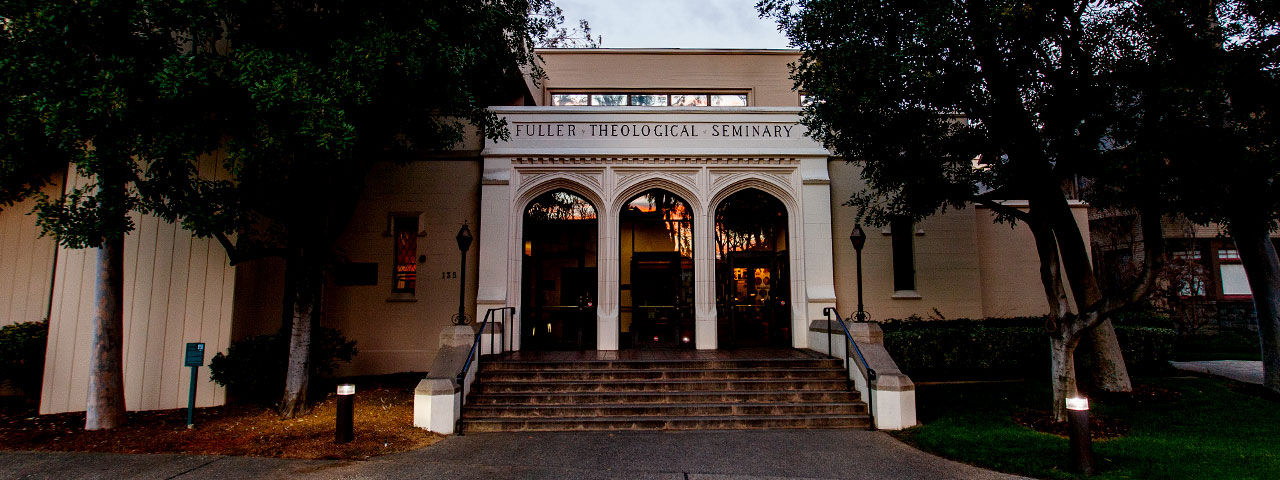
Active Shooter Response
HOME > ACTIVE SHOOTER RESPONSE
ACTIVE SHOOTER RESPONSE
An Active Shooter is an individual actively engaged in killing or attempting to kill people in a confined and populated area; in most cases, active shooters use firearms(s) and there is no pattern or method to their selection of victims.
Active shooter situations are unpredictable and evolve quickly. Typically, the immediate deployment of law enforcement is required to stop the shooting and mitigate harm to victims. Because active shooter situations are often over within 10 to 15 minutes, before law enforcement arrives on the scene, individuals must be prepared both mentally and physically to deal with an active shooter situation. If you find yourself involved in an active shooter situation, remain calm and use these guidelines to help you plan a survival strategy.
Run
- If safe to do so, leave the building or area as quickly and safely as possible; do not run in a straight line - use a zigzag pattern.
- If you are unable to leave, go to a room that can be closed, locked, or barricaded by using available material.
- If you cannot reach a securable room, look for a nearby location that you can reach safely that provides cover.
Hide
- If possible, secure the room you are in by either locking or barricading the door using available material.
- Close the window blinds and/or cover all interior windows to prevent a view into the room. Turn off the lights and get everyone down on the floor so that no one is visible from outside the room.
- Spread out and seek concealment behind walls, desks, file cabinets, etc.
- Protect Yourself and Others
- Silence cell phones and calm all occupants so that no noise comes from your room.
- Do not respond to unfamiliar voices, which may be the shooter attempting to lure victims from their safe space. The shooter may bang on the door and yell for help to entice you to open the door. Do not respond.
- If you are in a safe place, do not leave until you are personally satisfied that the person giving you directions to leave is actually a police officer or unless you are certain you have a clear path to safety.
- Attempts to rescue other people should only be made if that can be done without further endangering the persons inside a secured area. Remember the safety of the masses versus the safety of a few.
- Remember: the shooter will not stop until his/her objectives have been met, unless engaged by law enforcement. His/her intention is not escape but to kill and injure.
Fight
- If the active shooter enters your office or classroom, there are no set procedures. The decision to flee or seek shelter inside the room can only be made by you and is dependent upon the circumstances.
- If there is absolutely no opportunity of escape or concealment and the shooter is not actively firing on victims it might be possible to negotiate with the shooter. If the shooter has fired on victims and you are faced with a life or death situation, only you can consider your next course of action. After all other options have been exhausted, you may be faced with the decision to overpower the shooter with force by whatever means necessary. Attempting to overpower the shooter has a much higher probability of success if everyone within the room participates; a one-on-one confrontation is not likely to end well.
Once You Reach Safety
- Call the Police
- Call 911 on a cell phone or call 9-911 from any Pasadena campus phone.
- When you reach the dispatcher, describe the situation and give your name and location.
- Call Fuller Security
- Dial 626-584-5444 from a cell phone or 5444 from any Pasadena campus phone.
- Repeat the same information you gave to the Police.
- If you know where the shooter is located, tell the Police.
- Remain at the designated assembly point until you have been released.
- Do not drive off campus until told it is safe to do so by police.
- Do not try to move any injured people; leave them where they are and notify authorities of their location as soon as possible
What Should You Expect From Law Enforcement
- Responding police officers are trained to proceed immediately to the area where the shots were last heard; their purpose is to stop the shooting as quickly as possible.
- The first officers to arrive will not stop to aid injured victims; rescue teams composed of additional officers will follow the first team into secured areas and remove injured persons.
- Do as the officers tell you and do not be afraid of them.
- Do expect the responding officers to initially assume that everyone is a potential perpetrator. Keep your hands visible at all times, no fast moves, and follow all the officers instructions exactly.
